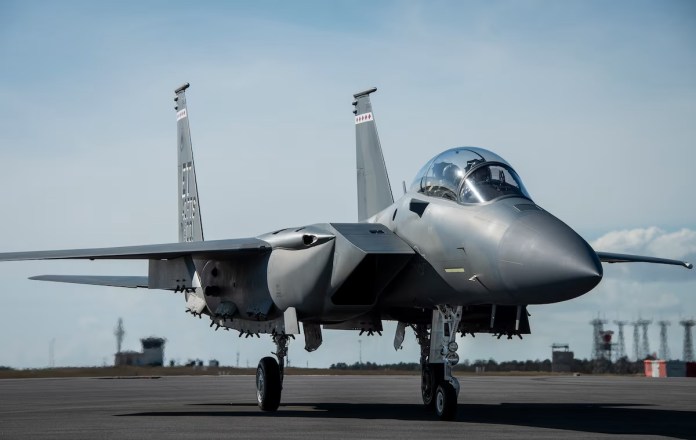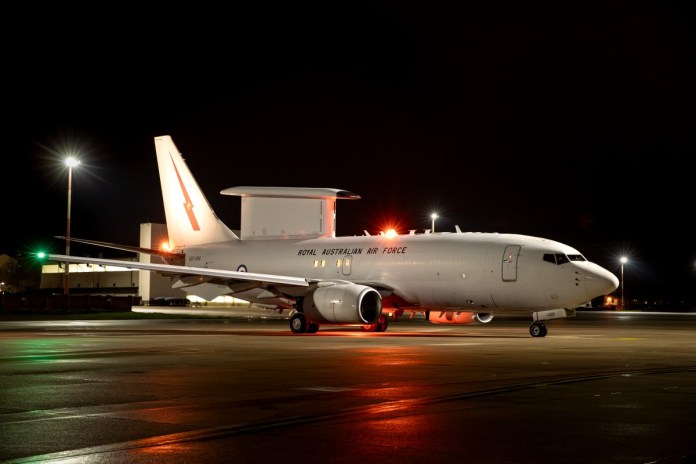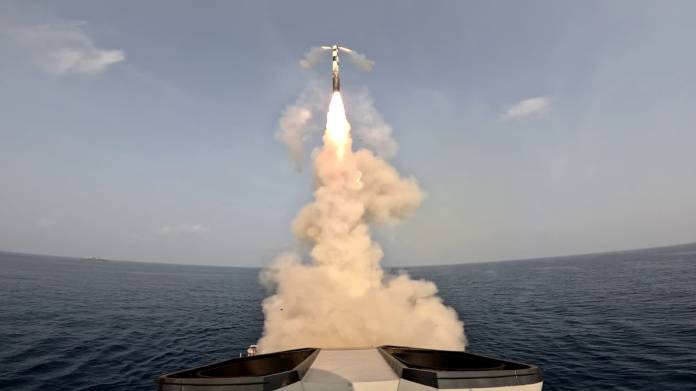The United States enhances its F-15E and new F-15EX fighter jets with a groundbreaking electronic warfare system, EPAWSS, to elevate their combat effectiveness against adversaries. After successful testing by the US Air Force and BAE Systems, this system promises game-changing capabilities for the fighters.
BAE Systems announced the completion of the EPAWSS testing, validating its full-spectrum electronic warfare features like radar warning, geolocation, and self-defense. The system's agility and upgradeability ensure continuous protection against evolving electromagnetic threats.
With an investment of $1.8 billion, the EPAWSS program is set to equip F-15E Strike Eagles until 2029, enhancing their lethality and survivability in contested environments. This system marks a significant leap in electronic warfare technology, setting a new standard for jet pilots.
EPAWSS's integration into the F-15 fleet signifies a strategic move to prolong the fighters' operational life and maintain their combat readiness. Amidst evolving battlefield dynamics, these fighters remain pivotal, especially in potential confrontations with adversaries like China.
The US Air Force's commitment to outfitting F-15s with EPAWSS underscores its dedication to bolstering national defense capabilities and ensuring the fighters' effectiveness until at least 2040.



:quality(70)/cloudfront-us-east-1.images.arcpublishing.com/archetype/OEZOZCR57RCEPDH54Y5CLHSEGQ.jpg)